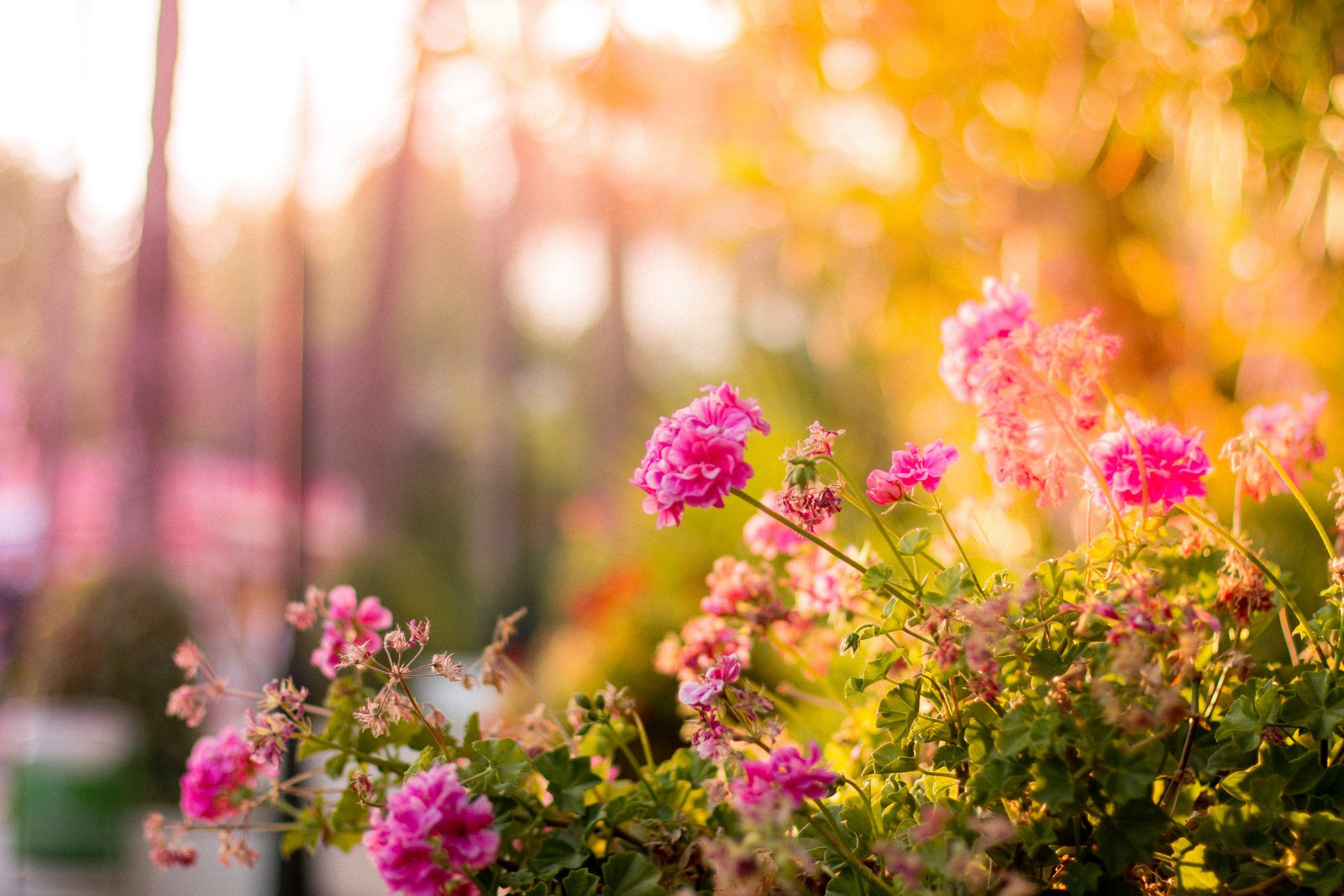What Grows Well in Dallas/Texas?
Timberline Dallas Plant design:
Plant design always is a concern in Dallas warm, dry summers and moderate winters which allowing for a wide variety of flowers and plants to grow. So what are some plants that grow well in Dallas?
What Grows Well in Dallas? For a plant design to thrive in Dallas, it should be hardy, drought-resistant, and adaptable to most soils to combat hot Texan summers. As Dallas Three best rated lawn and landscape company, we should emphasizes that Dallas does not experience extreme winters, a variety of plants can grow successfully throughout the year.
Understanding the climate in Dallas during the summer and winter seasons is essential to getting a better idea of what can grow in your garden. Native Plant Society of Texas and Texas SmartScape™ program has sustainable recommendation of variety Native landscape design plants.
Plants that Grow Well in Dallas
Winter Plant design
Dallas experiences a moderate winter, so you don’t have to worry too much about frost or extreme conditions for your garden. Here’s a look at some of the average temperatures you can expect during the season (between December and February):
| Highs (°F) | Lows (°F) | Avg. Rainfall | Avg. Snowfall |
|---|---|---|---|
| 58.3° | 40° | 2.5″ | 0.47″ |
Data Courtesy of weather-us.com
Snapdragons
- These flowers are cold-weather annuals that do well in damp, cooler soil, ideal for Dallas’ winters.
- They’re characterized by bright, colorful blooms that attract many beneficial pollinators to your garden.
- Since Snapdragons prefer damp soil, they are more prone to fungal diseases than some other flowers.
Sweet Alyssum
- This flower can thrive in full sun and partial shade, making it able to adapt to the diverse Dallas winters.
- Sweet Alyssum is low maintenance and resistant to most pests and diseases as well.
- It also has a fragrant smell and can re-seed year after year (even though it’s categorized as an annual)
Winter Honey Suckle
- This flower usually blooms in February and is drought tolerant, great for the drier Dallas areas.
- Though it only blooms during the winter months, its leaves are evergreen, so you won’t be left with a dry, brownish color when it’s not in bloom.
- Similar to the Sweet Alyssum, Winter Honey Suckle has a sweet, fragrant aroma, adding more depth to your garden in the winter.

Summer Plants
Dallas experiences warm, dry summers, with temperatures often peaking in July. With this in mind, it’s worth investing in plants that are drought tolerant and can withstand dry soil conditions.
Provided below is a table showing the type of temperatures to expect during the summer in Dallas (between June and August). If you’re looking for additional information on growing plants during the summer, check out this article about the best plants to grow in July.
| Highs (°F) | Lows (°F) | Avg. Rainfall | Avg. Snowfall |
|---|---|---|---|
| 94.6° | 75.4° | 2.73″ | 61.7% |
Data Courtesy of weather-us.com
Angelonia
- Angelonias can thrive in full sunlight and have a long bloom period (even during droughts), ideal for hot Dallas summers.
- In addition to doing well with full sunlight, Angelonias love high humidity and can adapt to a wide range of soil types.
- After the initial growth stage, Angelonias only need to be watered when the soil is dried out, saving on maintenance costs.
Flame Acanthus
- Flame Acanthus is native to Texas and known for being an exceptionally hardy choice for your yard or garden. Txsmartscape.com describes them as One of the toughest and easiest plants to grow.
- The Flame Acanthus is also excellent for attracting hummingbirds to your garden (it’s even sometimes referred to as the “Hummingbird Bush”).
- It’s also versatile regarding where it can thrive. It can grow in rock gardens or dry soil.
Aster
- Aster plants are ideal for Dallas, as they can adapt to almost any type of soil (including the clay soil often found in Dallas).
- A benefit of growing Aster plants is that they tend to bloom later in the summer (sometimes early fall) when other warm-season flowers begin to fade or become dormant.
- Like Snapdragons, Aster plants attract pollinators like bees and butterflies to provide additional nutrients to your garden.
Timberline Dallas Plant Expert team
